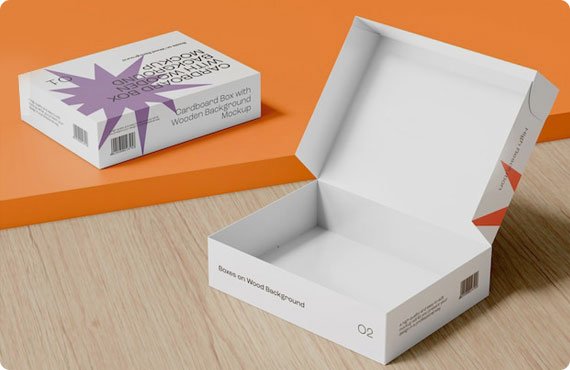September 11, 2025

Wondering what is blister packaging? It is a type of packaging that offers a clear display of your products while keeping them safe. It provides convenience to the customers while enhancing the visual appeal of your product.
The innovative design of blister packaging helps businesses to outshine their competitors in the market. Blister packs are perfect for display purposes, and options like hangtops make it easier to offer your products to customers.
As a result, blister packaging has become a vital part of product packaging for many industries. In this blog post, we’ll find out about the types, materials, and applications of blister packaging. Keep reading to fulfill your knowledge bucket.
Blister packaging is a form of plastic packaging in which the product is covered with a plastic cavity (blister). This cavity is sealed from the back with some material (backing material). A normal blister pack consists of two main components:
It is a transparent cavity or pocket that is moulded from plastic for every product.
It can be a foil, paperboard, or plastic film, as per the requirement. They seal the product within the cavity.
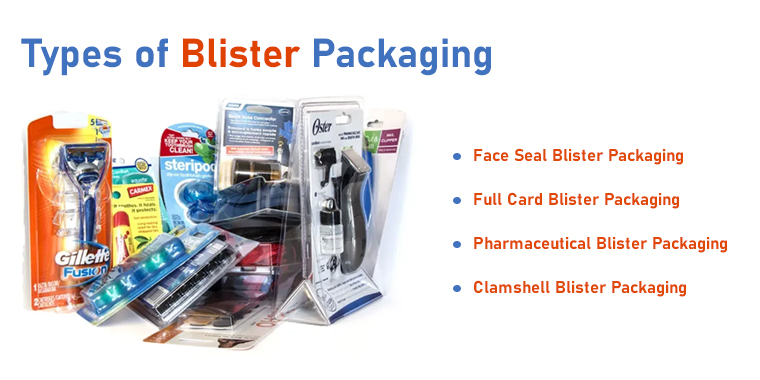
Blister packaging has many types. Some of the most common types are discussed below:
This type of packaging is sealed to a card. It leaves the edges of the card exposed. It is used for lightweight retail products.
The plastic covers the whole surface of the card. This offers maximum protection and an elegant appearance.
It is designed for capsules and pills. These packs provide tamper resistance to pharma packaging.
It has a design with hinges. It can be opened and closed multiple times. This is perfect for reusable items, such as small tools. Each type of blister packaging has a unique purpose.
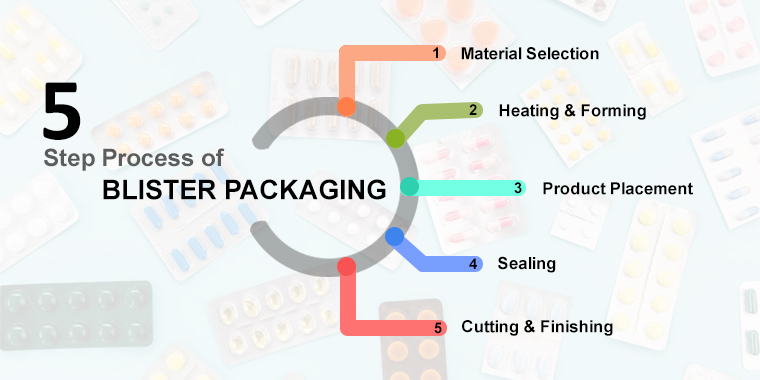
A precise process is followed to ensure product protection and visibility. Here’s how it works:
A plastic film or sheet made from PVC or PET is chosen according to the requirements.
The plastic sheet is heated and molded into cavities using a pressure-forming process.
Items are securely placed into the formed cavities to keep them in place.
A backing material, such as foil, paperboard, or plastic, is heat-sealed onto the plastic.
The sealed blister packs are trimmed into their final shape to make them ready for distribution.
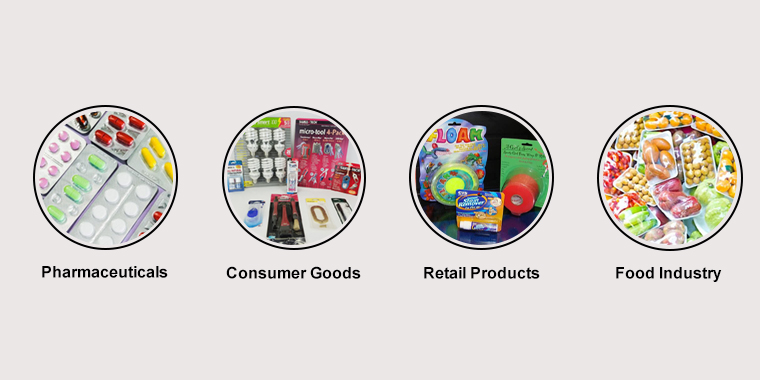
Blister packaging is suitable for many industries. Here are some key applications:
Blister packaging is used for pills, capsules, and medical devices. It provides resistance against tampering with pharma packaging.
This kind of packaging is ideal for small electronics, tools, and action figure packaging boxes.
It enhances the visual appeal of cosmetics, hardware, and accessories.
This packaging is ideal for single-serve items like gum and candies.
Blister packaging protects medical supplies from any contamination. These applications highlight the importance of blister packaging for different industries. Sustainable alternatives are also getting popular as industries are shifting towards greener options.
Blister packaging offers various benefits, but it also has some drawbacks. Let’s review them:
|
Benefits |
Drawbacks |
| Shields products from contamination and damage | Not suitable for all types of products, such as liquids |
| Transparent blister showcases the product attractively | May require additional color labels for detailed information |
| Easy to use and track, especially for medications | Can be difficult to open for some consumers, like the elderly |
| Available in various shapes and sizes for branding purposes | Requires specialized equipment and processes |
| Eco-friendly options like PET are available | Traditional PVC-based packaging may not be recyclable in all regions |
By addressing these benefits and drawbacks, businesses can decide when to select blister packaging.
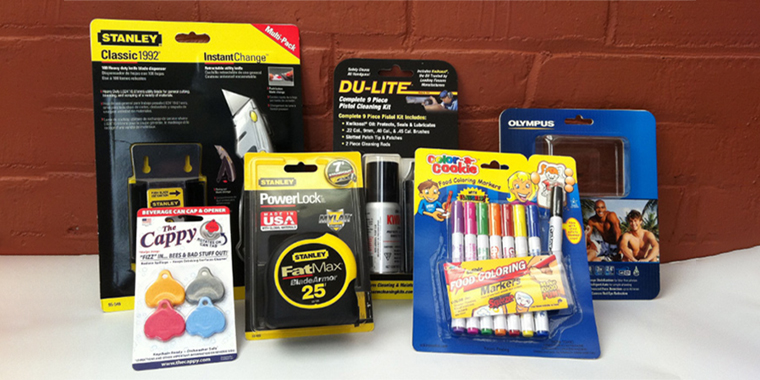
Selecting blister packaging for your product depends on several factors. These are as follows:
If your product is small, lightweight, or sensitive to environmental factors, then blister packaging works best for such items.
To make sure that your packaging meets regulatory standards, blister packaging is a great option.
If showcasing the product is necessary for sales, then the transparent design of blister packaging is perfect.
Consider the costs of materials and specialized machinery for blister card packaging.
Go for recyclable materials like PET if eco-friendliness is your priority.
Also read: Boost Up The Sales With Wholesale Display Boxes
Now that everything is clear about what blister packaging is? We know it serves as a pillar for modern packaging solutions, as it offers unmatched protection, visibility, and convenience.
From pharmaceutical products to retail items, its applications are vast and ever-evolving. At Custom Designs Boxes, we specialize in creating high-quality, customized blister packaging that meets your specific needs.
If you are looking for sustainable solutions or innovative designs, our experts are here to help. Contact us today via email at sales@customdesignsboxes.com to explore how blister packaging can enhance your brand’s presence in the market.
Find the perfect packaging solutions tailored to your industry niche.
Don't just imagine – experience excellence up close, as you can check our superior craftsmanship before making your decision by ordering your sample kit.
